When it comes to preparing delicious meals in the kitchen, the right tools can make a world of difference. Among those tools, knives stand out as essential for any home cook. From Chef Knives & Sets to Pocket Knives, possessing proper knife skills is essential. However, safety should always come first! This comprehensive guide details valuable knife safety tips that every home cook should follow, ensuring your time in the kitchen is as enjoyable as it is productive.
The Importance of Knife Safety in the Kitchen
Knives are powerful tools that require respect and proper handling. According to safety statistics, thousands of kitchen accidents involving knives occur annually. By understanding and implementing knife safety tips, home cooks can significantly reduce the risk of injury while enjoying culinary creativity.
Understanding Different Knives: Choose Wisely
Before diving into the safety tips, it's vital to understand the types of knives you might encounter. Familiarizing yourself with various knives helps ensure that you use the right knife for each task.
- Chef Knives & Sets: The all-purpose knife for chopping, slicing, and dicing.
- Folding Knives: Compact and versatile, ideal for light tasks.
- Hunting Knives: Designed for outdoor use, such as skinning or preparing game.
- Pocket Knives: Handy for smaller tasks or when you’re on the go.
By selecting the correct knife for your cooking needs, you reduce the chances of making an error due to improper tool usage.
Essential Knife Handling Safety Tips
Now that you understand the types of knives, let's delve into essential safety tips for handling them in the kitchen.
Maintain a Clean and Organized Work Surface
A cluttered workspace can lead to accidents. Ensure your cutting board has enough space for your food items and tools. Clear away unnecessary items to maintain a focused environment. A clean area minimizes distractions, allowing you to concentrate on your cutting tasks.
Always Use a Sharp Knife
It may seem counterintuitive, but sharp knives are safer than dull ones. A dull knife requires more force to cut through food, increasing the likelihood of slipping and cutting yourself. Regularly honing and sharpening your knives ensures a clean cut with minimal effort.
Use the Right Cutting Technique
Implement proper cutting techniques to reduce the chances of accidents. Here are some vital techniques to follow:
- Grip: Hold the knife firmly, using your dominant hand while keeping your fingers away from the blade.
- Cut away from your body: Always move the knife away from your body when cutting to avoid self-injury.
- Chop with control: Avoid aggressive chopping motions; maintain smooth and controlled cuts.
Wear Appropriate Safety Gear
While it may sound excessive, using cut-resistant gloves can add an extra layer of protection when working with sharp knives. These gloves help prevent serious injuries while also providing a better grip and control.
Store Knives Properly
How you store your knives significantly affects safety. Here are a few methods to consider:
- Knife Blocks: A knife block protects the blades and minimizes contact.
- Drawer Inserts: Special drawer organizers can keep knives separated and shielded from damage.
- Magnetic Strips: These are visually appealing and keep knives easily accessible while preventing accidents.
Never leave knives loose in drawers or on countertops; this creates a dangerous environment, especially if others are in the kitchen.
Special Knife Safety Tips for Kids in the Kitchen
Whether they’re aspiring chefs or helping with family meals, many young cooks will likely use knives. Teaching them safety from the beginning is paramount. Here are some essential tips for ensuring their safety:
Supervision is Key
Always supervise young ones when they are using knives. Adult guidance can help prevent accidents and teach kids the proper methods for using kitchen knives safely.
Teach Proper Knife Techniques
Provide children with a lesson on how to hold and use a knife correctly. Emphasizing the importance of concentration and safety while cooking will set a great example.
Provide Age-Appropriate Tools
Not every knife is suitable for kids. Use age-appropriate knives designed for children which have safer features, such as rounded tips or serrated edges for easier control.
Understanding Knife Emergencies
Despite our best efforts, accidents can happen. It’s crucial to know how to handle these situations effectively. Here’s what to do in the event of a knife-related injury:
Assess the Injury
Determine if the cut requires medical attention or if it can be treated at home. For minor cuts, a simple antiseptic and bandage may suffice. However, if the bleeding is heavy or doesn’t stop, seek professional help.
Respond Quickly
If the injury is severe, act swiftly by applying pressure to the wound and elevating it if possible. This helps reduce bleeding until medical help arrives.
Keep a First Aid Kit Nearby
As a precaution, maintain a first aid kit in your kitchen stocked with adhesive bandages, antiseptic, gauze, and scissors. This ensures you can respond immediately to minor injuries, enhancing your kitchen safety.
Consider Personalized Gifts for Safety Awareness
Creating awareness around knife safety goes beyond your own kitchen. Personalized gifts can serve as thoughtful reminders for friends or family who enjoy cooking. Consider items such as:
- Custom Knife Blocks: Engraved knife blocks can elevate any kitchen while providing safe storage solutions.
- Chef Aprons: Personalized aprons can act as a fun yet serious reminder to children or budding cooks about kitchen safety.
- Cutting Boards: Customized cutting boards can both serve their purpose and remind users to practice safe knife techniques.
By making knife safety more engaging, you can encourage loved ones to adopt safer practices while cooking.
Incorporate Safety into Your Daily Cooking Routine
Knife safety should be part of your everyday cooking habits. Cultivating a safe cooking environment will help prevent injuries while allowing you to enjoy the process. Here are a few tips to seamlessly integrate safety into your routine:
Create a Safety Checklist
Before you start cooking, list the knife safety principles you want to review. This may include checking that your knives are sharp, ensuring a clean workspace, and confirming proper storage of your tools.
Practice Good Cleanup Habits
After you’ve completed your meal prep, clean your knives promptly. Washing them immediately helps keep the edges sharp and reduces the chances of accidents. Always store them away safely after cleaning.
Share Safety Tips with Your Cooking Community
There’s power in sharing knowledge. Encourage friends or fellow cooks to embrace knife safety practices too. This collaborative approach enhances safety awareness, creating a culture grounded in health and well-being.
Exciting Kitchen Adventures Await!
With proper knife safety tips in your cooking arsenal, you can embark on exciting kitchen adventures with confidence! Mastering the use of various knives, from Chef Knives & Sets to Folding Knives, while prioritizing safety, ensures your culinary experiences are enjoyable and injury-free. Remember, a safe kitchen is a happy kitchen, and by following these guidelines, you can create mouthwatering recipes and memories while keeping yourself and others safe. Happy cooking!








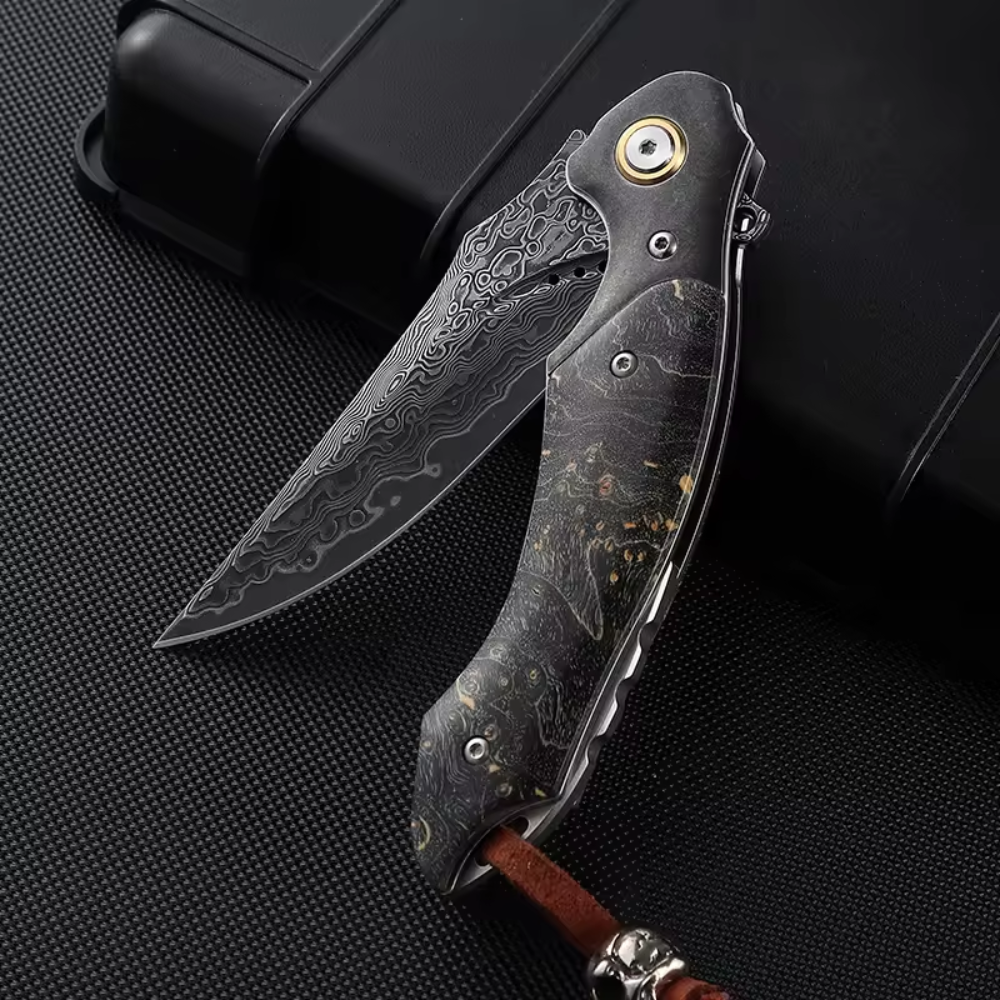


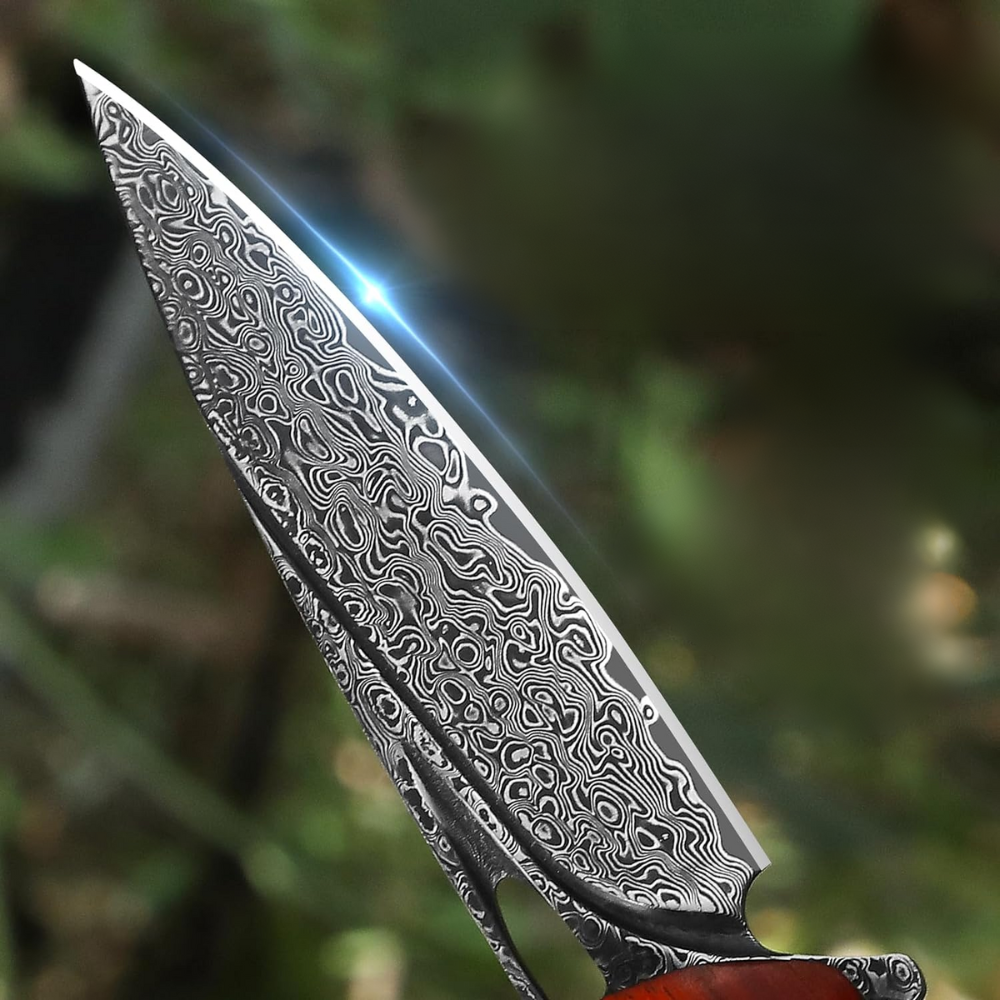








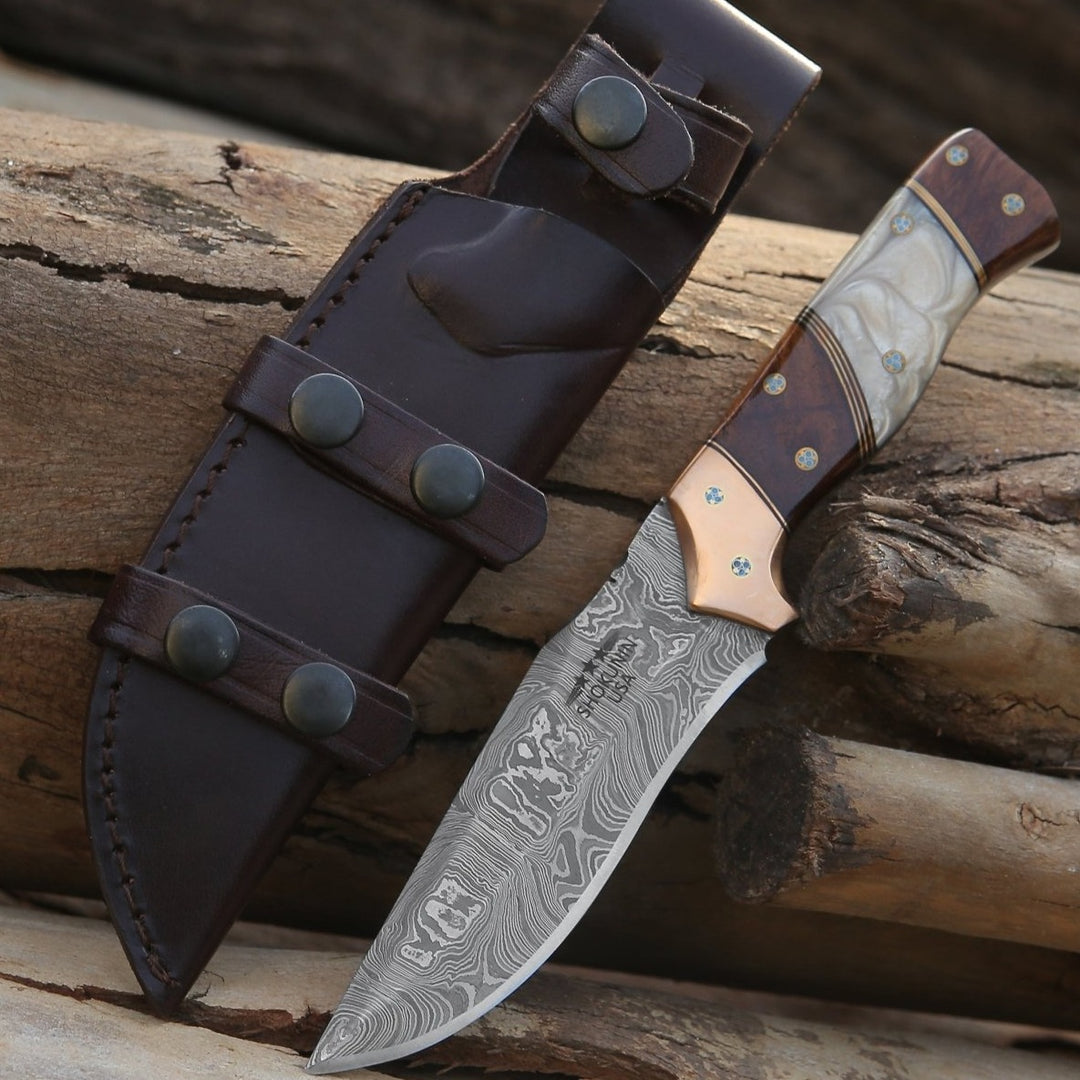
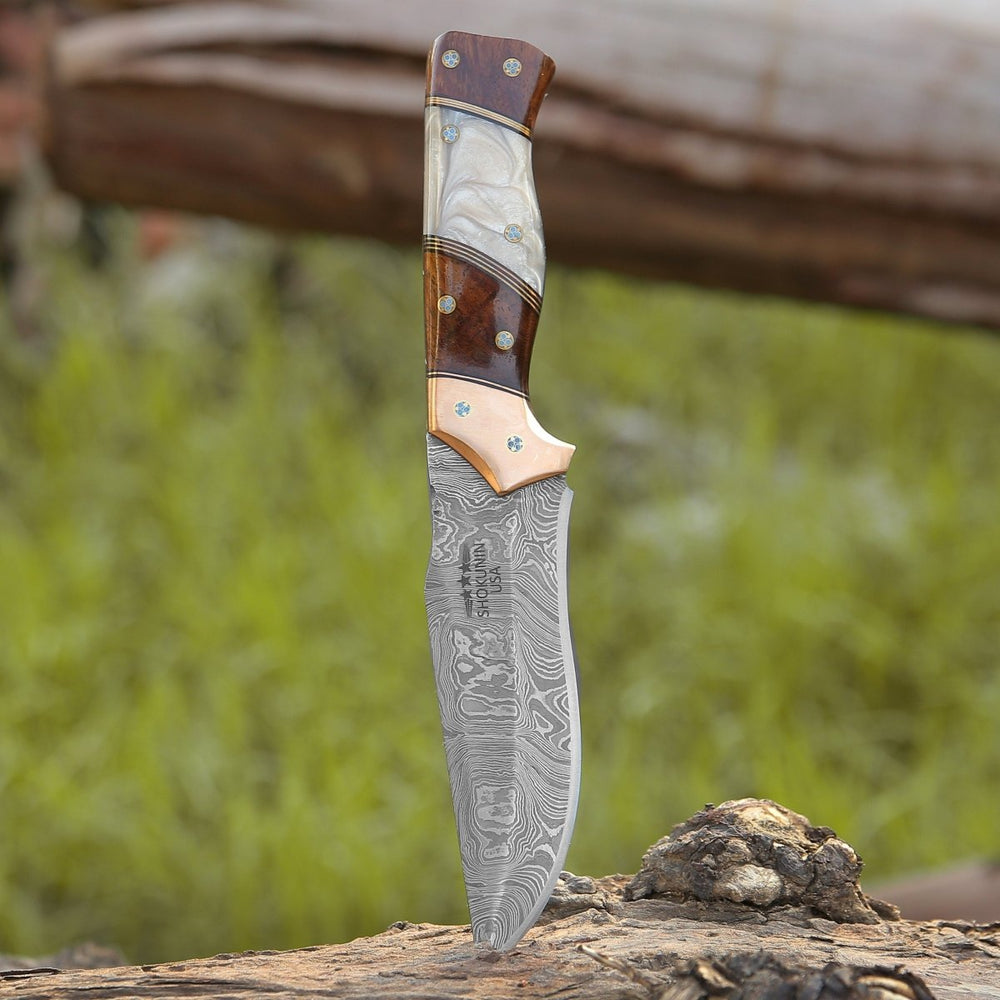


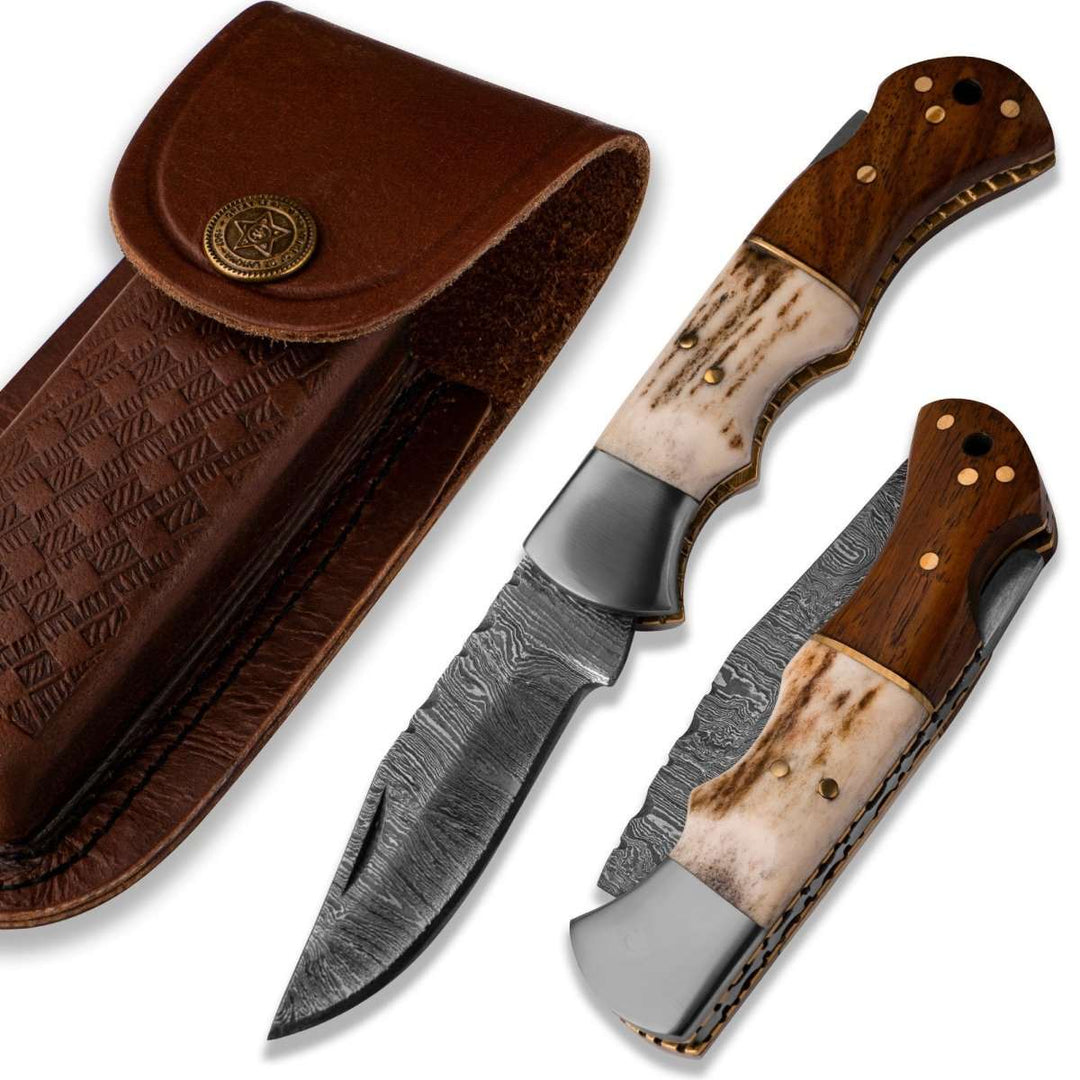





Hinterlassen Sie einen Kommentar